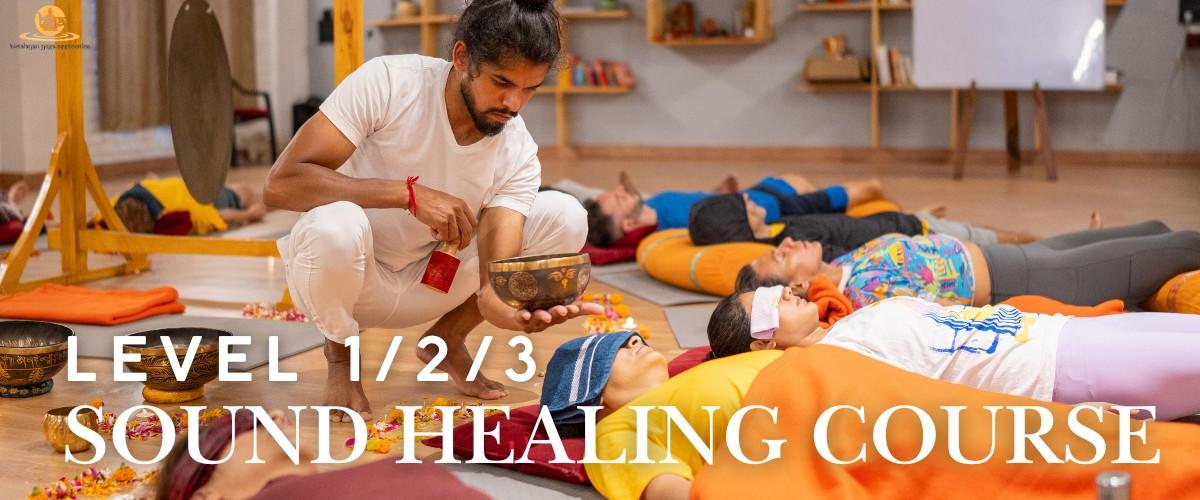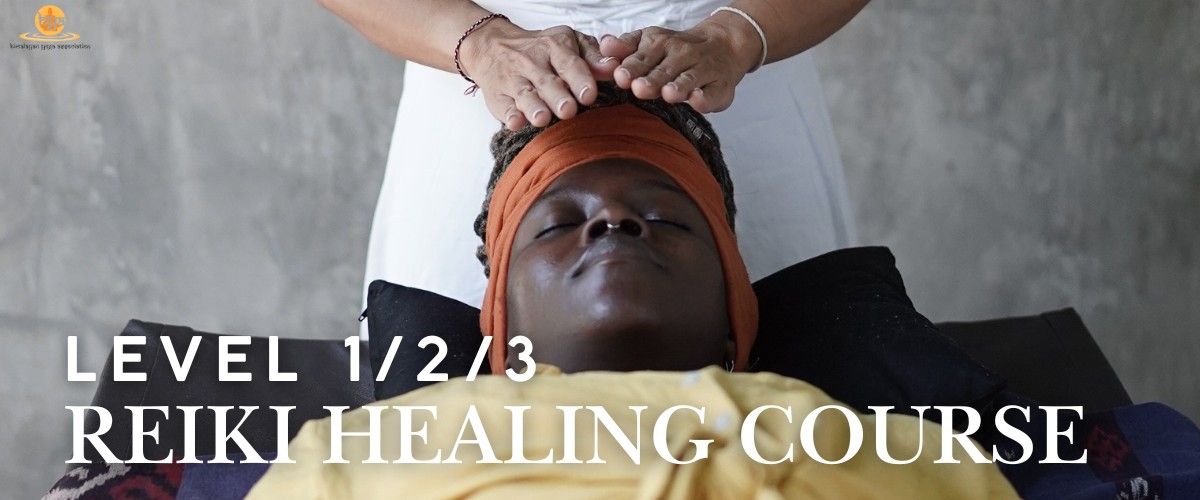
What are Trigunas?
Many ancient traditions such as Yoga, Taoism, Buddhism, and Hinduism, as well as modern physics teach that everything in the universe is energy. Even a table, a bicycle, every thought, and feeling, are all different forms of energy. This non-tangible energy can best be understood through gunas. According to Ayurveda, Trigunas are the three fundamental universal energies and three essential
components or energies of the mind:
– Sattva
– Rajas
– Tamas
In Ayurveda, relative dominance of the Trigunas in people influences their Manasa (psychological) Prakriti (constitution), and also in yogic philosophy, there is an understanding that the whole universe and everything that exists is made of Purusha (consciousness; Trigunas) and Prakriti (nature;Tridoshas). Trigunas means ‘three’ + ‘qualities’, therefore everything in the world has those three qualities.
Every human being has all of these gunas, but we have them in different proportions, and the dominant guna determines an individual’s manasa prakriti. As long as the Trigunas are balanced, the mind(and indirectly the body) stays in a healthy state. That is to say, disturbance in the equilibrium results in
various types of mental disorders.
Each of Trigunas has its own unique attributes: tamas (stability), rajas (activity), and sattva(consciousness) can be seen as tendencies, the habitual ways we respond to any situation that arises. Tamas provides our foundation; rajas gives it vitality; sattva imbues it with consciousness and compassionate awareness.
Tamas is characterised by heaviness and resistance, if unbalanced it can be associated with some negative features:
– Delusional
– Lazy
– Confused
– Possessive
– Apathetic
– Dull
– Greedy
However, its energetic vibration, which is slow and thick, also stabilises and focuses. It is the exhalation that calms and steadies. In asana practice it grounds the feet and helps to balance.
How to Balance Tamas
By shaking your hands as you lift your arms overhead several times will get Tamas unstuck, and also, a few rounds of Sun Salutations or Kapalabhati Pranayama will help. Ayurvedic practitioners are suggested to stay away from tamasic foods such as meat, garlic, onions, breads, as well as leftovers. Furthermore, choosing fresh local fruits and vegetables and preparing them with minimal heating is important.
Rajas is the most active of the gunas, and when it is unbalanced, it can cause some negative
features such as:
– Restlessness
– Workaholic
– Fickle minded
– Self-centred
– Unable to see the negative impacts of your own behaviours
– Aggressiveness
However, Rajas, is what gets things moving. The vibration of rajas is at a higher frequency than tamas. It is the inhalation. It is also the energy of change, enthusiasm, passion. On the mat, rajas is what moves us from pose to pose.
How to Balance Rajas
Slow down. On your mat, encourage more of the deliberate energy of tamas. Bring your attention into your feet and engage your muscles in a few standing poses before coming down onto your back for some relaxing poses. Also, some gentle pranayama practices such as Nadi Shodhana or Sitali help. In order to tame rajas, Ayurveda recommends us to sit down at every meal and staying away from spicy or fried foods, and eating plenty of antioxidant-rich foods, such as leafy greens.
Sattva or consciousness is associated with radiant presence, unadulterated truth, compassionate, and selfless action:
– Non-violent
– Clarity
– Caring
– Content
– Calm
– Kindred
– Meditative
The quality of sattva is clear, focused, calm, and receptive. Internally, it is in the gap after the exhalation and before the inhalation comes again—the pause where one is free from thoughts, worries, or judgments. We experience sattva on the mat primarily in meditation or whenever we commit to going inward, listening to our body, and moving in sync with the breath. Cultivating sattvic harmony is the goal of yoga and of the natural world. It can shine forth only when tamas and rajas are balanced.
















